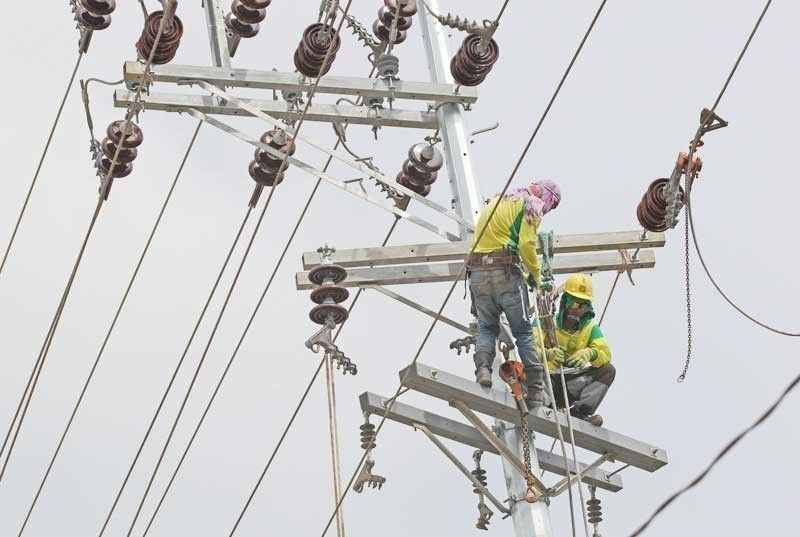ICSC: Power interruptions in Luzon possible on election day, during dry season
By Angelica Y. Yang – February 9, 2022 | 1:26pm
from Philstar.com

MANILA, Philippines — Manila-based policy group Institute for Climate and Sustainable Cities (ICSC) said that the Luzon power grid may experience power interruptions of varying lengths in the second quarter of this year, which includes election day on May 9.
The ICSC report is an analysis of the latest summer power outlook of transmission service provider National Grid Corp. of the Philippines (NGCP) which stated that the Luzon grid would have “sufficient, but thin reserves” in the months leading to elections and afterwards.
NGCP forecasted of sufficient power during summer season with an operating margin of around 2,600 megawatts (MW). An operating margin allows room for forced plant outages.
Reserve power, or power in excess of demand, is required to maintain the quality, reliability and security of the grid system.
“By applying more conservative assumptions, findings show that the power supply outlook is very tight for Q2 (second quarter of) 2022, with a possibility of a red alert status, high electricity costs, and rotating blackouts across the Luzon grid,” the ICSC report said.
During a red alert, rotating power outages may occur in affected areas.
Several factors such as delays in the commercial operations of the GN Power Dinginin (GNPD) coal-fired plant’s second unit; forced plant outages; and plant deratings due to gas restrictions from the Malampaya gas field may bring about insufficient power during the summer, according to the report.
If Unit 2 of the Bataan-based GNPD plant will not be commissioned before May, and if 1,500 MW of power plants go on forced outages, the Luzon grid may experience “possible limited blackouts”, and a deficit of 1,335 MW in electricity supply from April to June.
Meanwhile, if the GNPD unit will not be commissioned before May, and if power plants whose average availability falls below 65% will go on forced outages, the Luzon grid is anticipated to experience “definite extensive brownouts”, and a shortfall of 1,795 MW in electricity supply in the second quarter.
Both of these scenarios assume that all baseload power plants, including diesel and gas, are fully operating; and that renewable energy units are operating as usual.
‘Unreliable power undermines elections’ credibility’
This year, it is all the more urgent to secure sufficient power supply in time for elections season.
“Unreliable electricity supply would undermine the credibility of the elections. We need our electrical power system to provide reliable supply especially during election day and while transmitting data; otherwise our political power system might fail if the results are not accepted by our people,” ICSC senior policy advisor Pedro Maniego Jr. said in an emailed statement.
The energy department earlier said that it does not see any power supply issues as far as the national and local elections were concerned.
READ: DoE sees ‘no specific concerns’ yet on power supply during dry season
“Based on our estimates from submissions of stakeholders, so far, we do not see any specific concerns which can affect the supply of power this summer, and preparations for elections,” Mario Marasigan, the Department of Energy director of the Electric Power Industry Management Bureau, said in Filipino in a radio interview with SuperRadyo DzBB last month.
According to him, reserves power is what kicks in when a power plant supplying energy to the grid runs into a problem.
He added that the DOE leads an existing Energy Task Force which looks into scenarios which may take place during the elections, adding that they do not see any issues “if they just focus on the supply of power.”
Meanwhile, the ICSC report offered four suggestions on what the government should do to ensure enough power supply during the second quarter.
These are:
- Restoring power plants to their full dependable capacity during the second quarter
- Completing on time all committed power projects with targeted commercial operations before May 2022. Committed projects have secured financial closing from their investors, and are not covered by the DoE’s coal moratorium.
- Working with private firms to activate programs that will help reduce power demand during peak hours
- Encouraging privately-owned power generation facilities, such as owners of solar-powered rooftop installations, to operate when demand is peaking.
The report also recommended that consumers practice energy efficiency and conservation measures in their respective households.


